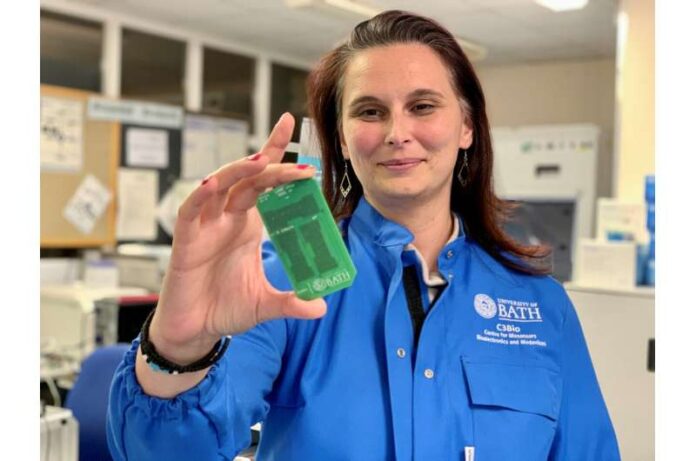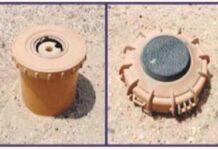The need for more accurate monitoring of the spread of infectious diseases in the community was emphasized by the recent COVID-19 pandemic. Despite the cessation of the pandemic, particularly in the public consciousness and legislative agenda, research into innovative pathogen discovery technologies have continued, given the adaptability and potential of these technologies.
Researchers reported in November the development of a new compact genetic testing device, which was originally developed for detecting COVID-19 infections, could be used to detect a range of pathogens such as bacteria, or conditions including even cancer.
Engineers at the University of Bath, in the United Kingdom, who are behind the new device named LoCKAmp, say the virus diagnosis device gives lab-quality results in just three minutes, making it the ‘world’s fastest Covid test’. The prototype LoCKAmp device uses innovative ‘lab on a chip’ (LoC) technology, which has been proven to provide rapid and low-cost detection of COVID-19 from nasal swabs.
The device also harnesses the process known as RT-LAMP (reverse transcription loop-mediated isothermal amplification), which was employed in COVID-19 detections. The use of RT-LAMP, which rapidly multiplies specific sequences of RNA, allowed the team to quickly detect a particular virus, and enabled the device to be easily adapted to detect other pathogens.
Unlike lateral flow assay tests, commonplace during the pandemic, the LoCKAmp employs the same ‘gold standard’ genetic-based testing techniques previously reserved for lab-based PCR (polymerase chain reaction) tests, thus enabling rapid testing at laboratory-scale standard for the first time. As well as its accuracy, the speed of the LoCKAmp sets it apart. With results shown within three minutes.
LAMP detection is also preferable to PCR testing as it has higher sensitivity, is faster and more specific. Crucially, processing takes place at a single stable temperature of 65°, instead of needing the three thermal cycles a PCR test requires. This means the device can be made easier at a portable size, and with lower power consumption.
A further benefit of the design is that no pre-processing of the nasal swab samples is required. Once a nasal swab sample is added to the device, the LoCKAmp pumps the liquid through tiny transparent ‘microfluidic’ channels layered onto the circuit board, above copper heaters just 0.017mm thick. These heat the sample, releasing the RNA genetic material from the virus. This is then further heated and treated with RT-LAMP chemicals to encourage multiplication. If the specific virus RNA is present in the amplified sample, it fluoresces under light — this signal is then used to denote a positive test.
Made with off-the-shelf components and factory-manufactured printed circuit boards, the prototype device could be made on a mass scale quickly and at low cost. The testing unit is projected to cost as little as £50 when it reaches mass production, while the test cartridges, currently made for £2.50, could cost less than 50 pence, said the researchers. The mass production and low operating cost of the new device presents care providers and public health authorities around the world with an effective new tool in virus detection, especially in remote healthcare settings in the developing world.
Besides the new device’s capability to analyze nasal swab samples, the LoCKAmp could also be used to carry out community-level monitoring and detection of viruses like SARS-CoV-2 that led to COVID-19, by testing wastewater. Using LoCKAmp to carry out ongoing, real-time analysis of wastewater could allow public health bodies to quickly detect the spread of viruses such as SARS-COV-2, or other infectious diseases.
Doing this via wastewater can give a broader community-wide view, rather than relying on individuals to regularly undergo nasal swab tests for a condition. The low cost and real time genetic target identification and quantification capability of LoCKamp, and the ability to detect pathogens from wastewater opens the possibilities of developing real time pathogen tracking and early-warning systems utilizing wastewater for pathogen surveillance in communities.

















